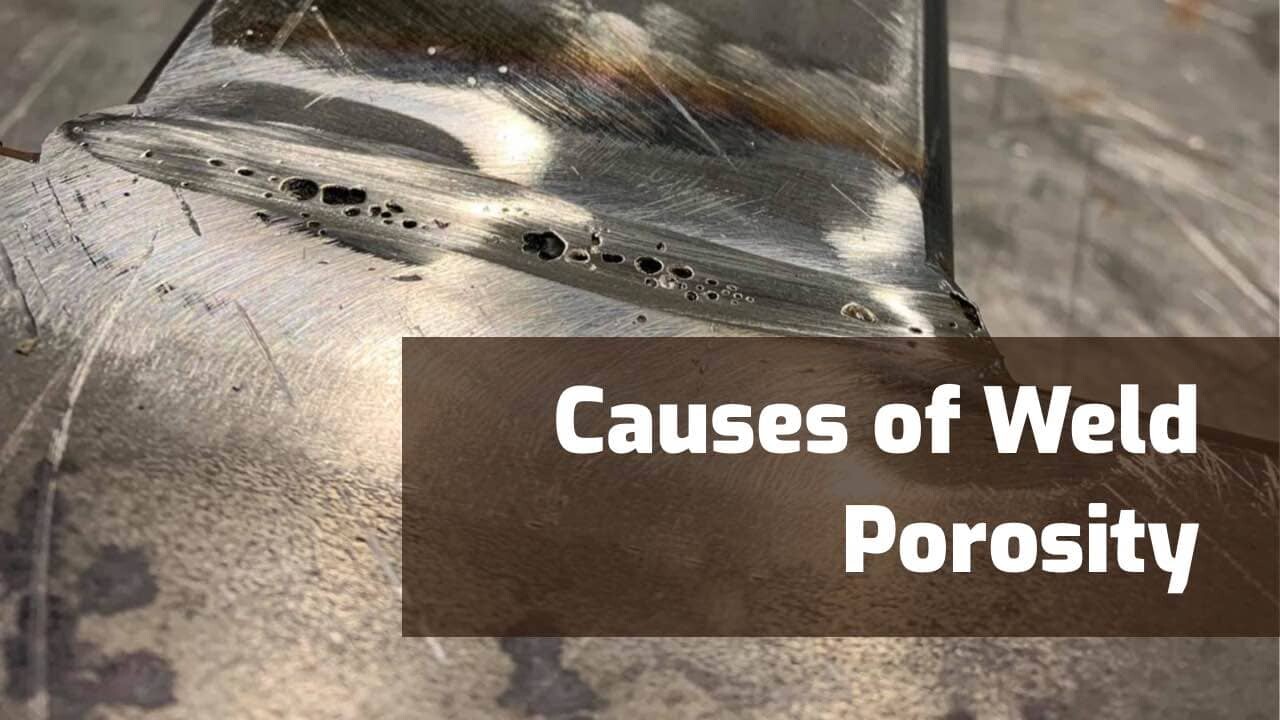What is Porosity in Welding: Key Elements and Their Effect On Weld High Quality
What is Porosity in Welding: Key Elements and Their Effect On Weld High Quality
Blog Article
The Science Behind Porosity: A Comprehensive Guide for Welders and Fabricators
Recognizing the elaborate devices behind porosity in welding is crucial for welders and producers aiming for impeccable craftsmanship. From the composition of the base products to the details of the welding process itself, a multitude of variables conspire to either aggravate or alleviate the visibility of porosity.
Recognizing Porosity in Welding
FIRST SENTENCE:
Examination of porosity in welding reveals vital insights right into the honesty and quality of the weld joint. Porosity, characterized by the existence of dental caries or gaps within the weld steel, is a typical problem in welding processes. These spaces, otherwise properly dealt with, can compromise the structural integrity and mechanical homes of the weld, leading to possible failures in the completed item.

To detect and evaluate porosity, non-destructive testing approaches such as ultrasonic screening or X-ray evaluation are often employed. These techniques enable for the recognition of internal problems without jeopardizing the stability of the weld. By evaluating the size, shape, and circulation of porosity within a weld, welders can make informed choices to enhance their welding procedures and achieve sounder weld joints.

Variables Influencing Porosity Formation
The incident of porosity in welding is affected by a myriad of variables, ranging from gas protecting effectiveness to the ins and outs of welding specification settings. Welding criteria, consisting of voltage, present, take a trip rate, and electrode type, also effect porosity development. The welding technique employed, such as gas metal arc welding (GMAW) or protected steel arc welding (SMAW), can influence porosity development due to variations in heat distribution and gas coverage - What is Porosity.
Results of Porosity on Weld Top Quality
The visibility of porosity also compromises the weld's resistance to deterioration, as the caught air or gases within the gaps can respond with the surrounding environment, leading to deterioration over time. Additionally, porosity can prevent the weld's capability to endure pressure or effect, more jeopardizing the general high quality and integrity of the welded structure. In important applications such as aerospace, automotive, or architectural buildings, where safety and sturdiness are critical, the harmful effects of porosity on weld top quality can have extreme effects, stressing the importance of lessening porosity via correct welding techniques and treatments.
Techniques to Decrease Porosity
In addition, using the appropriate welding criteria, such as the correct voltage, current, and travel speed, is critical in protecting against porosity. Maintaining a consistent arc length why not try here and angle during welding likewise assists lower the possibility of porosity.

Moreover, picking the appropriate shielding gas and maintaining proper gas flow rates are vital in lessening porosity. Making use of the ideal welding strategy, such as back-stepping or using a weaving my link activity, can additionally aid disperse warmth equally and lower the opportunities of porosity development. Making certain correct air flow in the welding environment to remove any type of potential resources of contamination is crucial for accomplishing porosity-free welds. By executing these techniques, welders can effectively decrease porosity and generate top notch welded joints.

Advanced Solutions for Porosity Control
Carrying out cutting-edge innovations and innovative techniques plays a crucial function in attaining superior control over porosity in welding processes. In addition, employing sophisticated welding strategies such as pulsed MIG welding or customized environment welding can additionally help alleviate porosity concerns.
One more sophisticated remedy involves using sophisticated welding tools. As an example, utilizing devices with integrated features like waveform control and advanced source of power can improve weld top quality and reduce porosity risks. The implementation of automated welding systems with precise control over parameters can considerably reduce porosity flaws.
In addition, including innovative surveillance and examination technologies such as real-time X-ray imaging or automated ultrasonic testing can aid in spotting porosity continue reading this early in the welding process, allowing for prompt rehabilitative activities. Generally, integrating these advanced solutions can greatly enhance porosity control and boost the total high quality of welded parts.
Verdict
To conclude, understanding the scientific research behind porosity in welding is crucial for welders and fabricators to produce high-grade welds. By recognizing the factors affecting porosity formation and implementing strategies to lessen it, welders can boost the general weld quality. Advanced remedies for porosity control can additionally enhance the welding procedure and make sure a strong and trusted weld. It is necessary for welders to continuously enlighten themselves on porosity and carry out best methods to attain ideal results.
Report this page